The quality of your packaging is vital, so putting appropriate quality control measures in place is a must. You put time, effort, and money into making your products the best they can be. If you don’t put the same effort into your packaging, it may all be for nothing.
When your packaging has problems, they affect the products inside. Cartons can get crushed and damaged during shipping, making them worthless. And if markings are printed incorrectly or illegibly, it can lead to hold-ups at customs and dissatisfied customers.
As experienced third-party quality inspectors, we’ve seen many issues with packaging over the years. Here, we give you some packaging-related points to consider when inspecting the quality of your product. We suggest you carefully consider them when creating or updating your inspection checklist.
Table of Contents
1) Are the Shipping Markings on Your Outer Carton Correct?
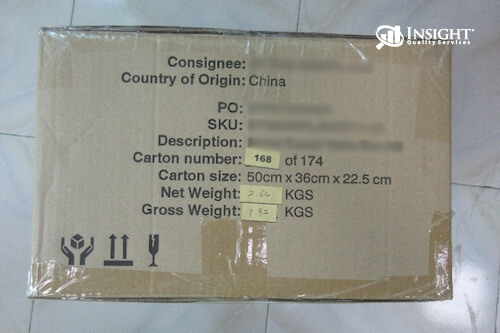
Illegible shipping marks can make your cartons unrecognizable, which means they might be mishandled or delivered to the wrong location. Shipping marks provide essential information for your product’s carriage and handling and for the consignee to identify them.
Before your products leave the factory, you should verify that all handling marks, consignee marks, carton numbers, size & weight markings, and country of origin markings match the information in your purchase order. Including this on your packaging inspection checklist helps ensure your products reach their destination safely.
2) Do Your Cartons Have the Right Number of Units and Product Assortment?
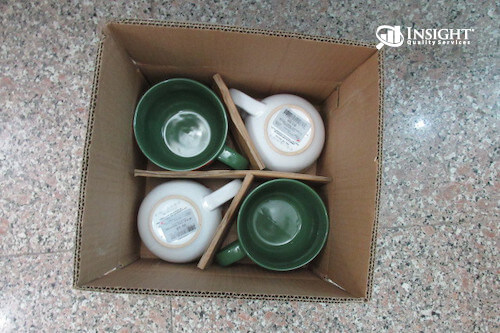
How many items are supposed to be in your retail carton? What number of retail cartons should be in the outer carton? If these numbers are incorrect, you may encounter significant issues once a shipment arrives at your retailer.
When conducting product inspections, you should always have the inspector verify that the quantities are accurate and that you have the correct assortment. That way, you can be confident that your retailer gets precisely what they expect.
3) Do the Printing, Material, Size, and Color Match Your Sample?
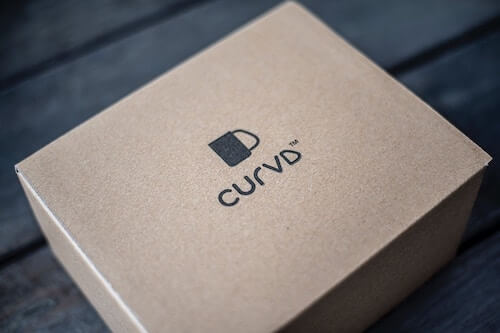
Is there a signed sample of your packaging and a precise packaging specification? If not, what is your inspector supposed to compare production packaging to? Assuming that you have these basics, your inspector should verify that:
- The printing on the box matches your specifications
- Packaging is made of the correct material
- All dimensions are accurate (length x width x height)
- The box’s color accurately matches your Pantone colors
When you have multiple product boxes sitting on a retail shelf, they all need to match each other with no discernible difference. If goods from different manufacturers or shipments are next to each other, including these checks in your packaging quality control checklist is imperative.
4) Are Your Cartons and Product Boxes Sealed Completely Using the Appropriate Method?
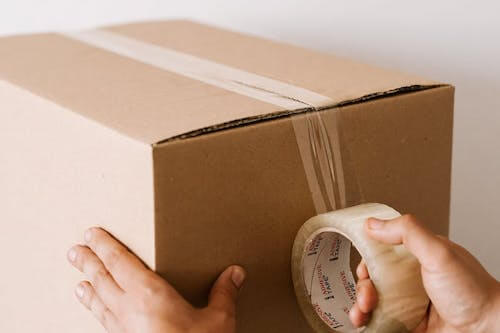
Do you want to keep your packaging intact to survive the shipping journey? If so, verify that the factory uses the proper sealing, binding, and strapping methods during production.
Your inspector should confirm that any tape, glue, or nylon bands you’ve specified are used as expected. This part of your packaging inspection checklist helps ensure the integrity of your cartons and that any custom sealing methods are used.
5) Is Your Carton Strong Enough to Pass a Drop Test?
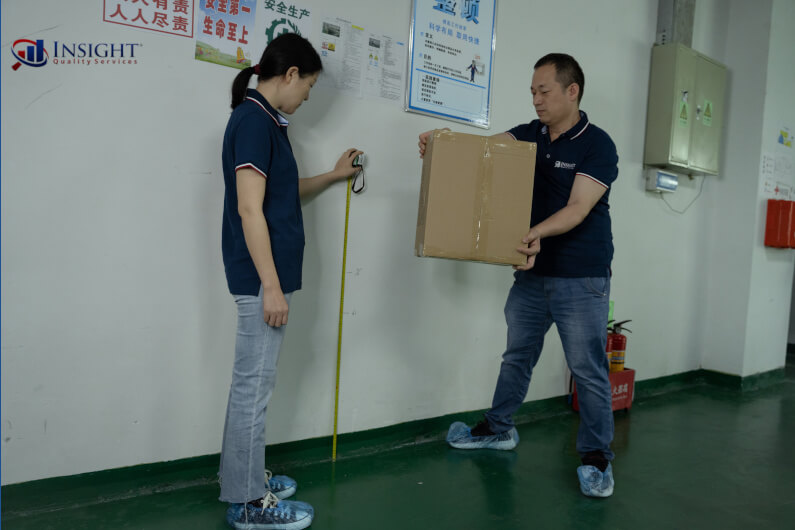
Too often, products get damaged by rough handling during the shipping journey. That’s why we recommend importers conduct a carton drop test, during which the inspector holds your carton at a specific height and then drops it from different angles.
Assuming you’ve specified packaging strong enough to withstand rough treatment, your product boxes should survive without issue. If your carton passes this test, you can be confident your goods will arrive safely.
6) Are Barcodes and Labeling Clear, Legible, and Accurate?

Does the UPC label on your cartons match your purchase order information? Do the UPCs on your product scan correctly? It’s vital to ensure that they do. Otherwise, you are more likely to experience difficulties down the road.
The barcode should not be too close to the edge of the sticker and should not be creased or damaged. You can ensure your products get to the right place without issue by checking barcodes and labeling carefully.
7) Does Pallet Packaging Match Your Specification?
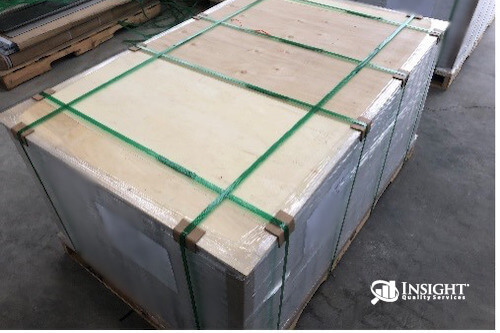
If shipping with pallets, you should generally have a pallet specification. As such, you should incorporate checks to ensure your cartons are palletized correctly. This way, you can avoid product damage so that your goods are in the proper condition for warehousing. Be sure to consider this for your packaging inspection procedure.
Do You Want to Ensure the Quality of Your Products and Packaging?
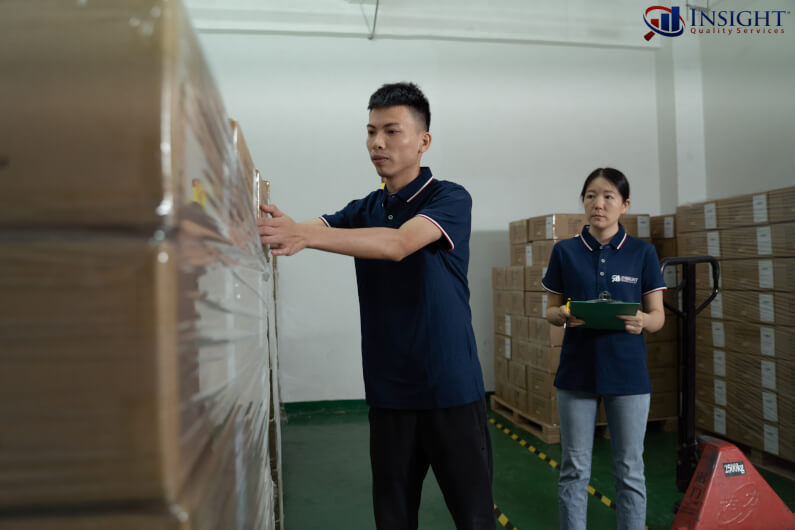
Remember that high-quality packaging is just as crucial as having high-quality products. Packaging quality control helps ensure your products reach their destination unharmed. It also helps improve customer satisfaction.
To ensure quality, you should inspect your product and packaging while they are still at the factory and before they ship. If you don’t have someone on your team to visit the factory in person, you can use our pre-shipment inspection services to send our reliable inspectors on your behalf. Contact us to discuss your situation.
We recommend downloading the following guide to learn more about how to prepare for your inspections.
Free Guide
How to Prepare for an Inspection
Are you thinking of hiring a third-party inspection company? If so, you need to be properly prepared. No one knows your product better than you do. So, make sure you give your service provider the information they need to ensure that your inspections are a success. Download this free guide to successfully preparing for your product inspections.
Note: This article was originally posted in July of 2020 and updated in November of 2023.



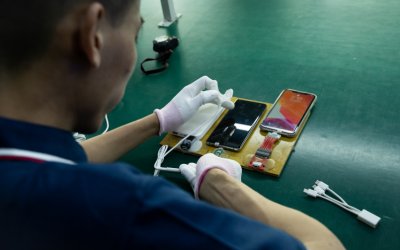
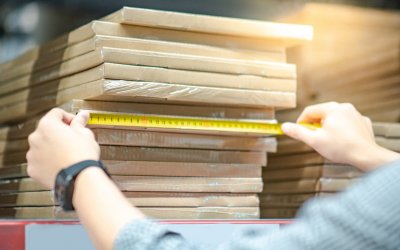
Thank you so much for publishing such a beautiful article which I have learned a lot from watching. From here I have learned how to control the packaging quality. You have explained it very nicely. Your article is very informative. Thank you very much.
Thank you for your kind words, Sam.
Hello, Thank you for your article. To perform in-process verification during a packaging process of bottles ( supplements), do I have to check 1 to 3 bottles each 15 minutes in each station ( filling, capping desiccant outer, label), or do I have to take the 3 samples each 15 minutes at the end of the line and then remove the outer seal, the cap, the neckband, for checking the count, desiccant, etc.) I’m losing components ( caps); what is the correct way to perform this sampling, during the line or at the end?
Thank you
Inspection procedures can be customized to address specific issues as in your case. For example, if count is consistently found to vary then conducting a count and verifying the number of capsules could be conducted after filling and before capped and sealed. This would be more efficient and reduce packaging waste. Conducting an inspection at the end of the production process would allow the inspection of all the various elements and not sure verification of the count.